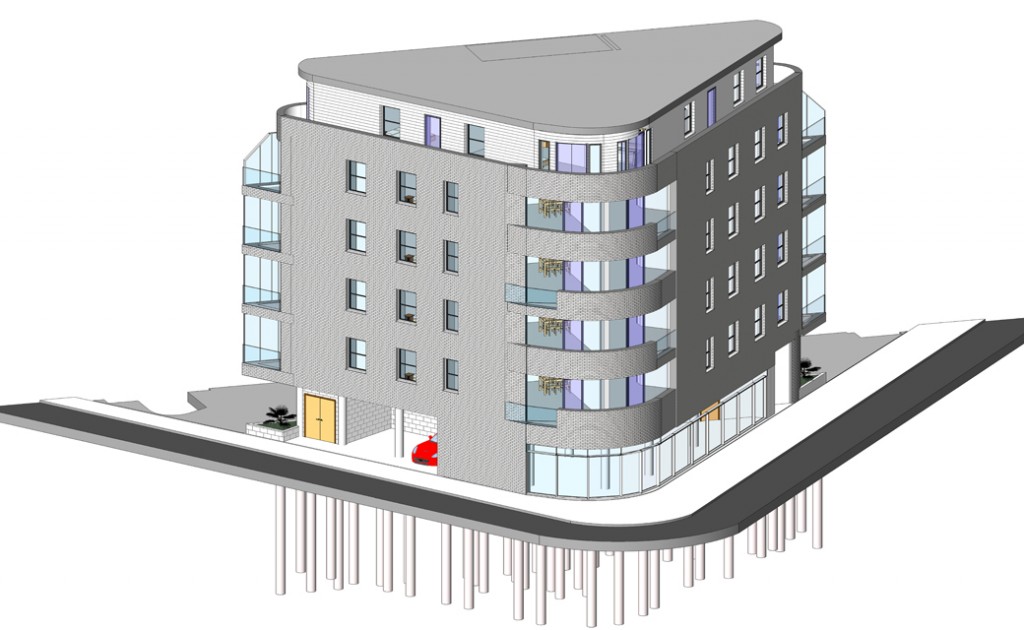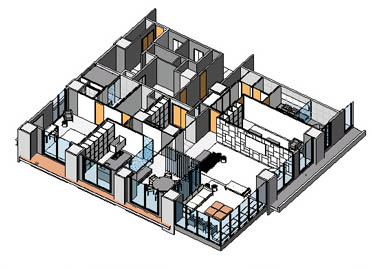R
Revit Architecture a Building Information Modeling (BIM) software tool introduced by Autodesk. This software is specially designed for architects, structural engineers, engineers, and contractors.
It is mainly used for creating optimized & accurate designs from concepts to visualization. It helps to capture & analyze design concepts followed by maintaining coordinated design data accurately through documentation and construction. It permits designers to design a structure and its components in 3D then annotate the model with 2D drafting elements followed by accessing the structure information from the building models database.
Revit software is set of tools which is useful for various phases of building construction lifecycle i.e. from concept to construction and later destruction.
Revit software brings tools to support architectural designers, MEP engineers, structural engineers, and constructors. Revit is specially designed for BIM (Building Information Modeling) to design, build, and maintain higher-quality, and energy-efficient building designs. Complete features make this tool an ideal solution for the whole building project team.
By learning Revit, one as a design and construction expert, will be able to make ideas from concept to construction with a synchronized and steady model-based approach.
CADD Centre will help you to ace the associated features of Revit Architecture:
- Analysis: Element energy analysis of the Building; Improved structural analytical model; Duct & pipe estimations to API; Physical materials for performance analysis
- Collaboration: Work-sharing – several users save their work to a central file; collaboration on shared models across a Wide Area Network (WAN); work from remote locations using a local server.
- Design: More simple to model, edit, and document designs of stairs & railings; parametric components - graphical system for design, shape making; HVAC/electrical design room color-fill plans and communication of design intent, visually.
- Visualization for designing displaced building design views; enhancement of performance for visualization; capturing of drawing ideas in a photorealistic state, and reduction of project charge with cloud-based rendering.


